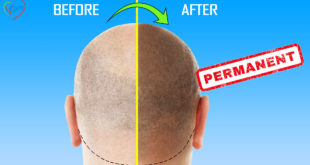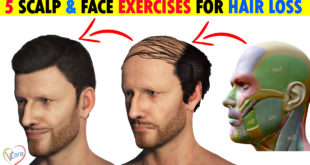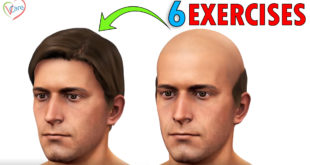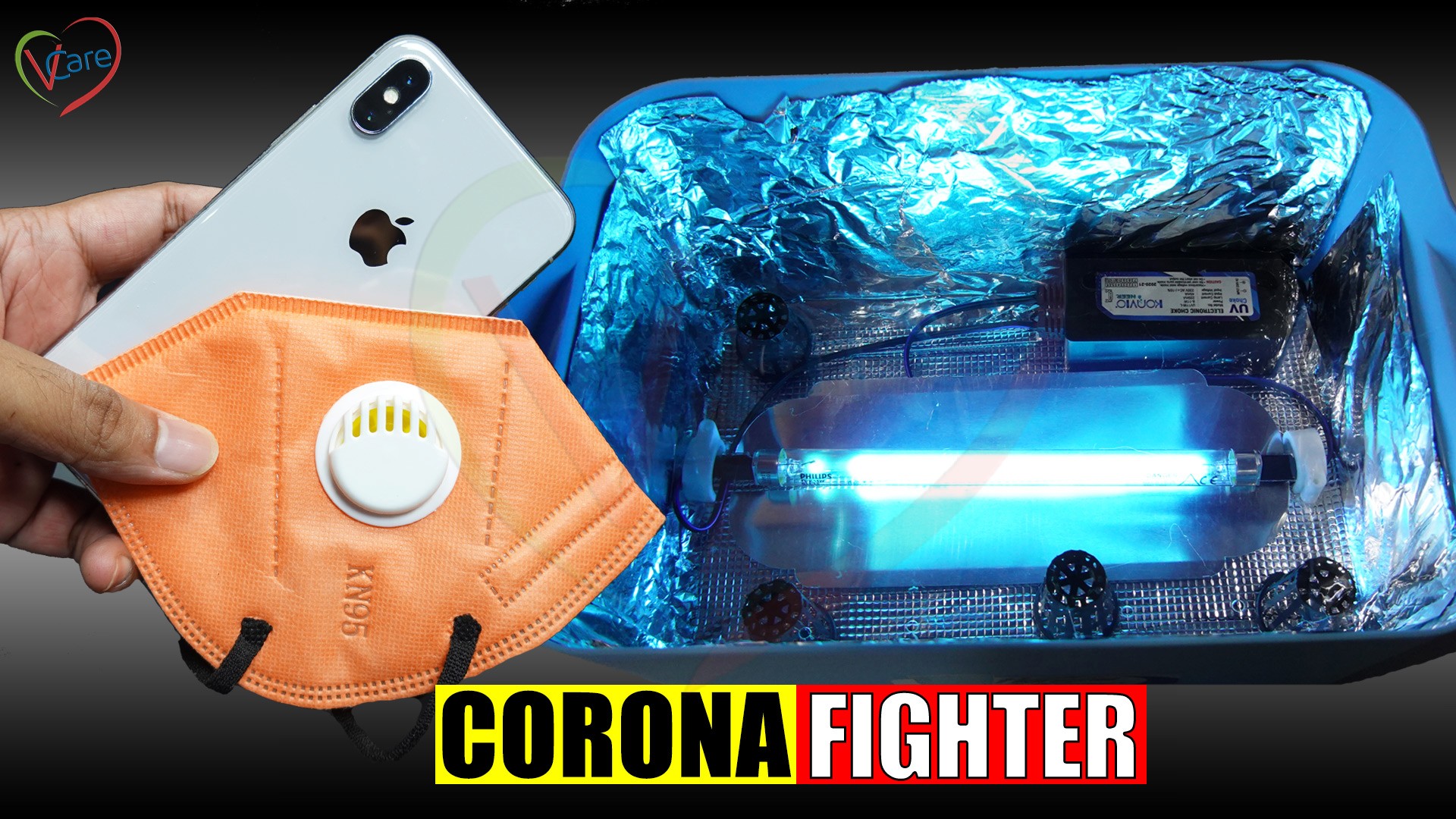If you are suffering from high cholesterol, you are at a higher risk for heart disease. But the good news is, it’s a risk you can control. Yes, You can lower your “bad” or LDL cholesterol and raise your “good” or HDL cholesterol. You just have to follow these 10 tips to reduce the bad cholesterol and increase good cholesterol.
- Eat Monosaturated Fats. You might have heard about a low-fat diet for weight loss, This definitely reduces the cholesterol levels, but the problems is it reduces not only the bad LDL cholesterol but also the good beneficial HDL cholesterol. In contrast, a diet high in monounsaturated fats reduced harmful LDL, but also protected higher levels of healthy HDL.
So what foods are rich in monosaturated fats.
- Olives and olive oil
- Canola oil
- Tree nuts, such as almonds, walnuts, pecans, hazelnuts and cashews
- Avocados
- Eat Polyunsaturated Fats especially Omega-3s: Research shows that polyunsaturated fats reduce “bad” LDL cholesterol and decrease the risk of heart disease. Polyunsaturated fats also seem to reduce the risk of metabolic syndrome and type 2 diabetes.
Omega-3 fatty acids are a type of polyunsaturated fats. They are found in seafood and fish oil supplements specially in fatty fish like salmon. Other sources of omega-3s include seeds and tree nuts, but not peanuts.
- Avoid Trans Fats. Trans fats are unsaturated fats that have been modified by a process called hydrogenation. The resulting trans fats are not fully saturated, but are solid at room temperatures. This is why food companies use trans fats in products like spreads, pastries and cookies — they provide more texture than unsaturated, liquid oils.
Trans fats increase total cholesterol and LDL, but decrease beneficial HDL by as much as 20%. - Eat Soluble Fiber Diet and Probiotics. The beneficial bacteria that live in your intestines can digest soluble fiber. In fact, they require it for their own nutrition. These good bacteria, also called probiotics and these reduce the bad cholesterols – LDL and VLDL.
Some of the best sources of soluble fiber include beans, peas and lentils, fruit, oats and whole grains. Fiber supplements like psyllium are also safe and inexpensive sources. - Exercise. Not only improves physical fitness and helps combat obesity, but it also reduces the bad LDL cholesterol and increases the good HDL cholesterol levels. 30 minutes of activity five days a week is sufficient to improve cholesterol and reduce the risk of heart disease.
- Loosing Weight. If you are obese, do anything you can to reduce your weight because weight loss has a double benefit on cholesterol as it increases the good HDL and decreases the harmful cholesterol.
- Stop Smoking. Smoking is a major risk factor for heart disease. Smoking increases bad cholesterol and decrease good cholesterol and hinder the body’s ability to send cholesterol back to the liver to be stored or broken down. Quitting smoking can reverse these effects.
- Alcohol Moderation. Moderate alcohol intake reduces heart disease risk, too much alcohol harms the liver and increases the risk of dependence. The recommended limit is two drinks daily for men and one for women.
- Change Your Lifestyle. If you have a sedentary lifestyle beware on the risk of obesity and change to an Active lifestyle. Stop using lifts, make a habit to walk a few kilometres daily and making these small changes in your lifestyle will have a major long term impact on your health and cholesterol.
- Supplements. Do not hesitate to take supplements like fish oil, omega 3 fatty acids and soluble fiber. This improves cholesterol and promotes heart health. `
If you’re concerned about your cholesterol levels, have them checked by your doctor. A simple blood test called LIPID PROFILE, after an overnight fasting, is all that’s required.
If you found this helpful, please LIKE AND SHARE this article.
 AlopeciaRx – Treatments for Alopecia (Hair Loss & Baldness) The Virtual Care Hospital
AlopeciaRx – Treatments for Alopecia (Hair Loss & Baldness) The Virtual Care Hospital




